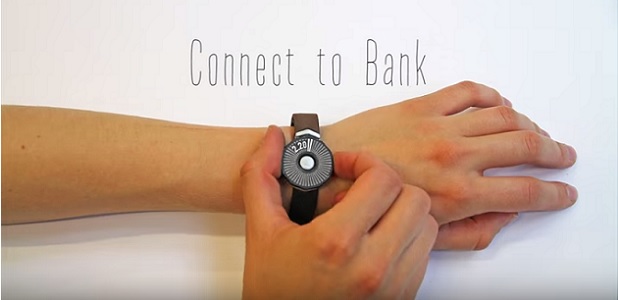
Visa is introducing its mobile payment function for the Fitbit smartwatch in Switzerland, the first European country to get the service, reported Inside-IT.ch. The card company enables the payments via the Visa Token Service. To pay with Fitbit Ionic, the Visa card of a partner card issuer must be loaded into the Fitbit Companion application. Currently, this is possible for customers of Cornercard. BonusCard and other banks will follow.
Such functions are not new in Switzerland, as they have been available via the Apple smartwatch for one year now, but smartphone and smartwatch payments have failed to make much impact. According to Andreas Dietrich, a professor for banking and finance at the College of Luzern, in 2016, only 0.2 percent of all transactions were made via a smartphone.
However, Visa expects that mobile payments will grow strongly. The card issuer notes the fast growing volume of contactless payments. From May 2015 to May 2016, the share of contactless payments has grown to 11.3 percent of all Visa transactions, but the contactless payments are made mainly using a debit/ credit card.
Source: telecompaper.com
Banking 4.0 – „how was the experience for you”
„To be honest I think that Sinaia, your conference, is much better then Davos.”
Many more interesting quotes in the video below: